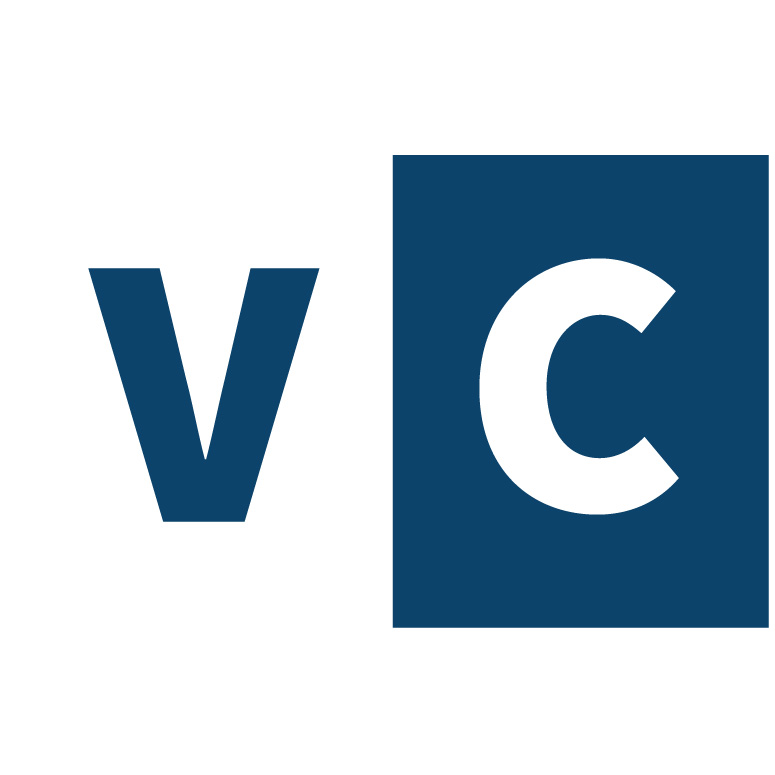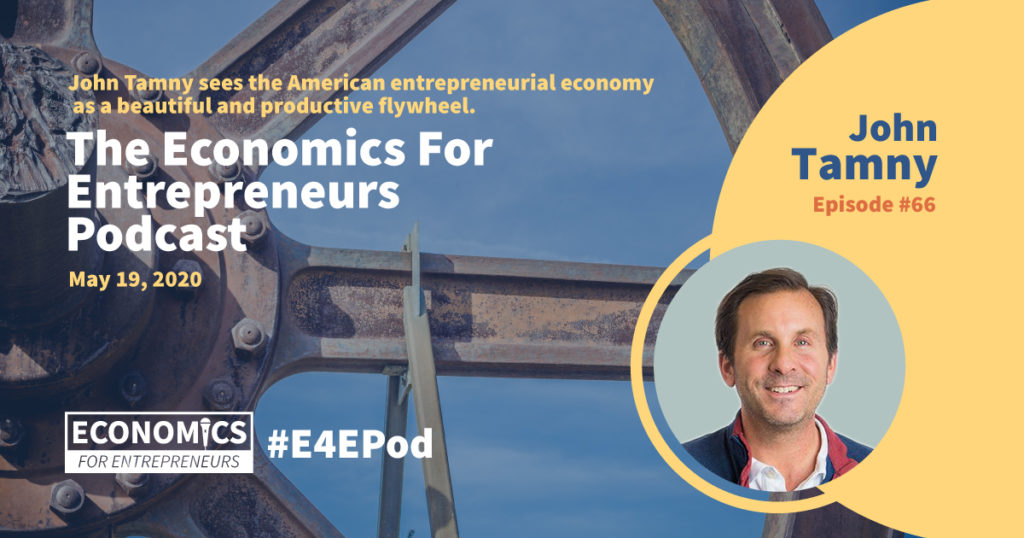Entrepreneur Zones: Teaching People To Fish In America’s Abundantly Stocked Economic River.

Entrepreneurship has not been valued the way it should be.
Sure, we read about and hear about the outliers of venture-capital funded unicorns, and the spectacular wealth of entrepreneurs like Jeff Bezos and Elon Musk. But the most important entrepreneurship is represented by the tens of millions of so-called small businesses in the US. As a group, these businesses are the biggest employers (over 99% of employer companies are small businesses) and the leading job creators. They are the energy and dynamism of our economy. They have made the US into the richest country in the world. More critically, small business entrepreneurs provide the economic backbone of cities and local economies, providing the employment, income, and prosperity that make for thriving families, neighborhoods, and communities. Entrepreneurship is not only the foundation of a strong economy, it’s the best generator of social improvement.
Dr. Dale G. Caldwell of Fairleigh Dickinson University’s Rothman Institute of Innovation and Entrepreneurship is an expert on the impact of entrepreneurship on social improvement, both in the US and worldwide. He has applied his analysis of entrepreneurship data to create an entirely new set of entrepreneurship policy initiatives.
“The quickest way to turn around low-income communities is to create new jobs that provide previously poor households with the income they need to pay their monthly bills on time”, he states in a white paper. The most effective way to create the jobs is to provide the tax incentives, regulation relief, and financial support that local entrepreneurs need to help them increase profitability and employment in the local community.
To implement such a policy, Dr. Caldwell introduces the idea of Entrepreneur Zones. These are designated areas within urban neighborhoods with the highest joblessness rates, where an increase in successful new businesses can significantly increase local employment, providing the jobs that local residents need to work their way out of poverty. Dr. Caldwell has outlined principles of legislation that would provide for lower state and local business taxes and relaxed state regulations for businesses located in Entrepreneur Zones and employing local residents. The businesses would receive tax credits based on the number of new employees they hire who live locally.
These businesses also need to be investable – they must be able to attract and accumulate the capital that supports growth and success. Dr. Caldwell suggests that lenders and investors receive favorable tax treatment for loans and investments provided directly to Entrepreneur Zone businesses. Governments could make these financial investments attractive by providing tax credits or possibly tax deductions similar to those received for contributions to nonprofits.
Most decidedly, Dr. Caldwell’s proposal is not welfare. In fact, it could be construed as counter-welfare. He points to “safety net” programs like free and reduced price lunch programs and temporary income and housing support that are “band-aids” but do not lead to the elimination of the educational achievement gap that means that kids who eat better at school and go home to federally-subsidized housing still end up living in poverty when they are adults.
But if programs can “teach a person to fish”, they can break the cycle of systemic poverty. Research has indicated that children who live in communities with high levels of poverty have weaker neural connections in their brain, affecting judgment and ethical and emotional behavior. They may have difficulty focusing, communicating effectively and making good decisions about work, school and life. Dr. Caldwell calls this condition Urban Traumatic Stress Disorder (“UTSD”), drawing the parallel with Post Traumatic Stress Disorder experienced by soldiers after serving in war zones.
Entrepreneur Zones would avoid the problem of welfare that traps people in multi-generational poverty and contributes to UTSD. Rather than a safety net, they would be a trampoline, enabling people to bounce up into society to become productive, financially independent citizens. Importantly, Dr. Caldwell’s program focuses on household income, which is more important than the hourly wages of individuals in determining real poverty. The creation of additional jobs via entrepreneurship will reduce poverty even if there is no increase in the minimum hourly wage. Dr. Caldwell cites study data demonstrating that the household living wage index (LWI) can predict improved academic performance in school, the reduction of crime, and lower health care costs.
Entrepreneur Zones are a highly targeted, highly specific solution to the problem of urban poverty. The “Empowerment Zones” of the 1990’s were unsuccessful because of weak investment incentives and a lack of focus on creating jobs and supporting entrepreneurs. The “Opportunity Zones” created in the 2017 Tax Cuts And Jobs Act are aimed at spurring real estate investment, not entrepreneurial businesses in poor communities. Entrepreneur Zones build on past learning to craft a better program design.
Dr. Caldwell has originated a whole new policy pathway: entrepreneurship policy. Job creation is the most effective social program, and job creation is what entrepreneurs do. We are reminded that Dr. Martin Luther King’s March on Washington in 1963 was actually called the March On Washington For Jobs And Freedom. It was economic activism, as well as political and social activism. Economic activism – teaching more people how to fish in America’s rapidly flowing and abundantly stocked economic river – can be more productive on more fronts than protest, social justice campaigning or welfare legislation.







Responses